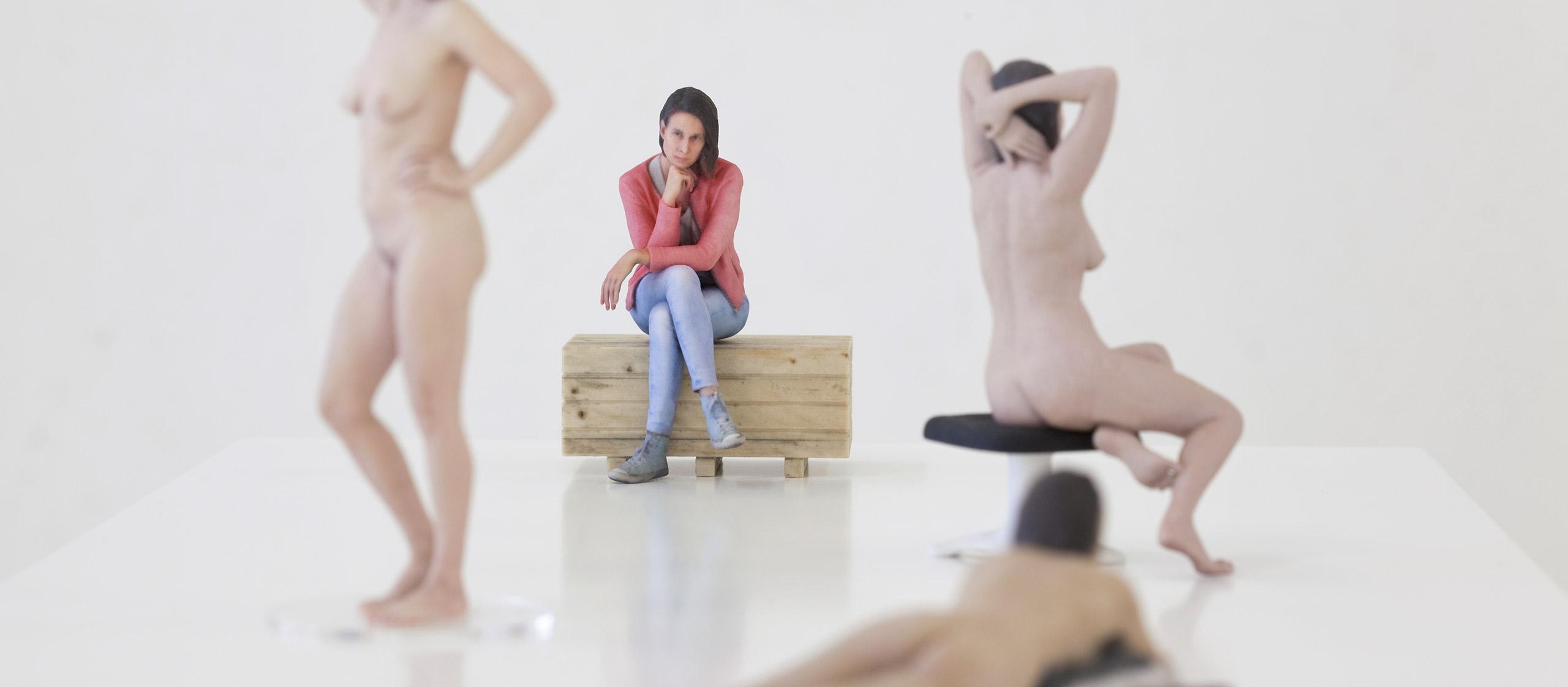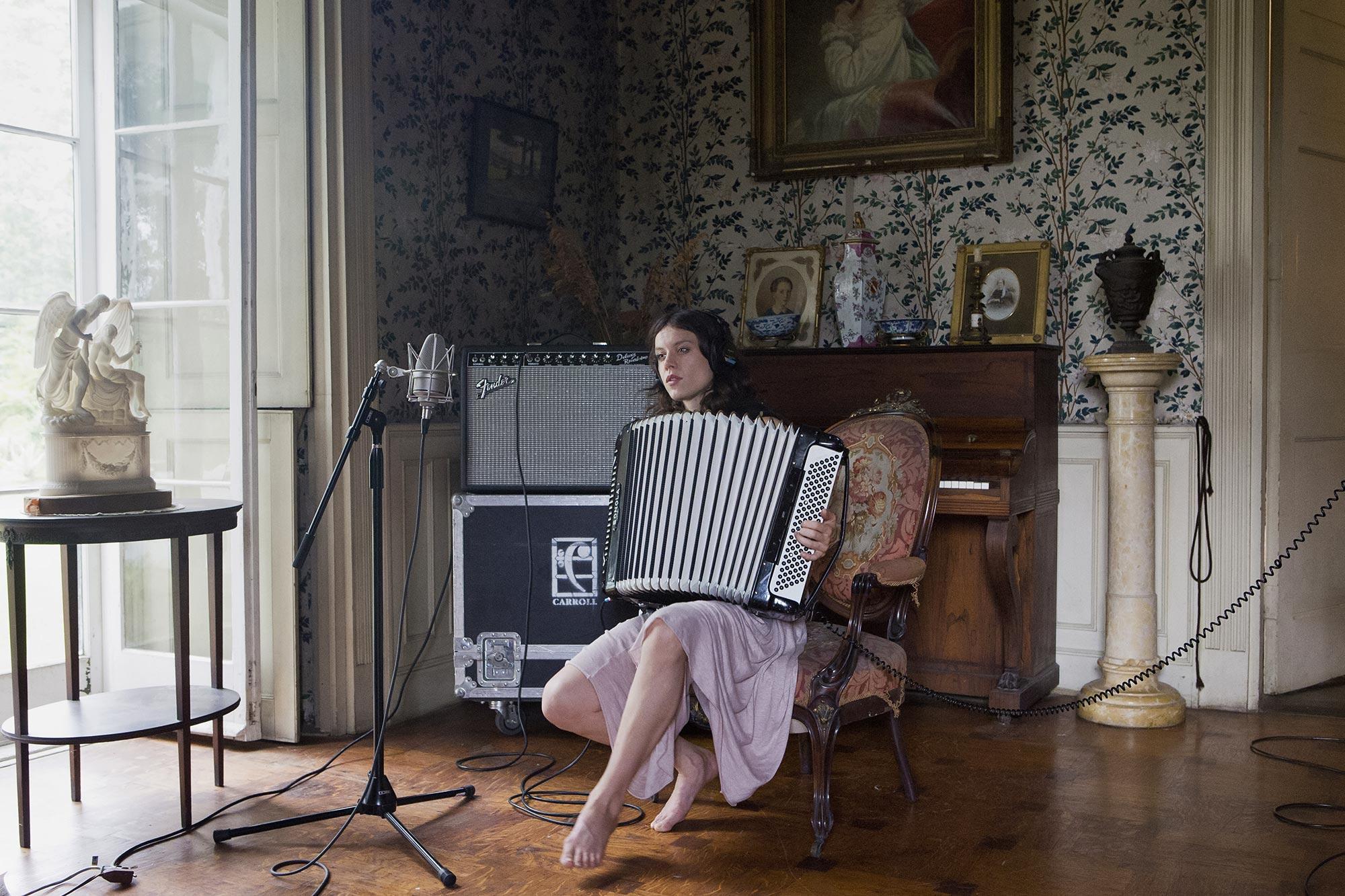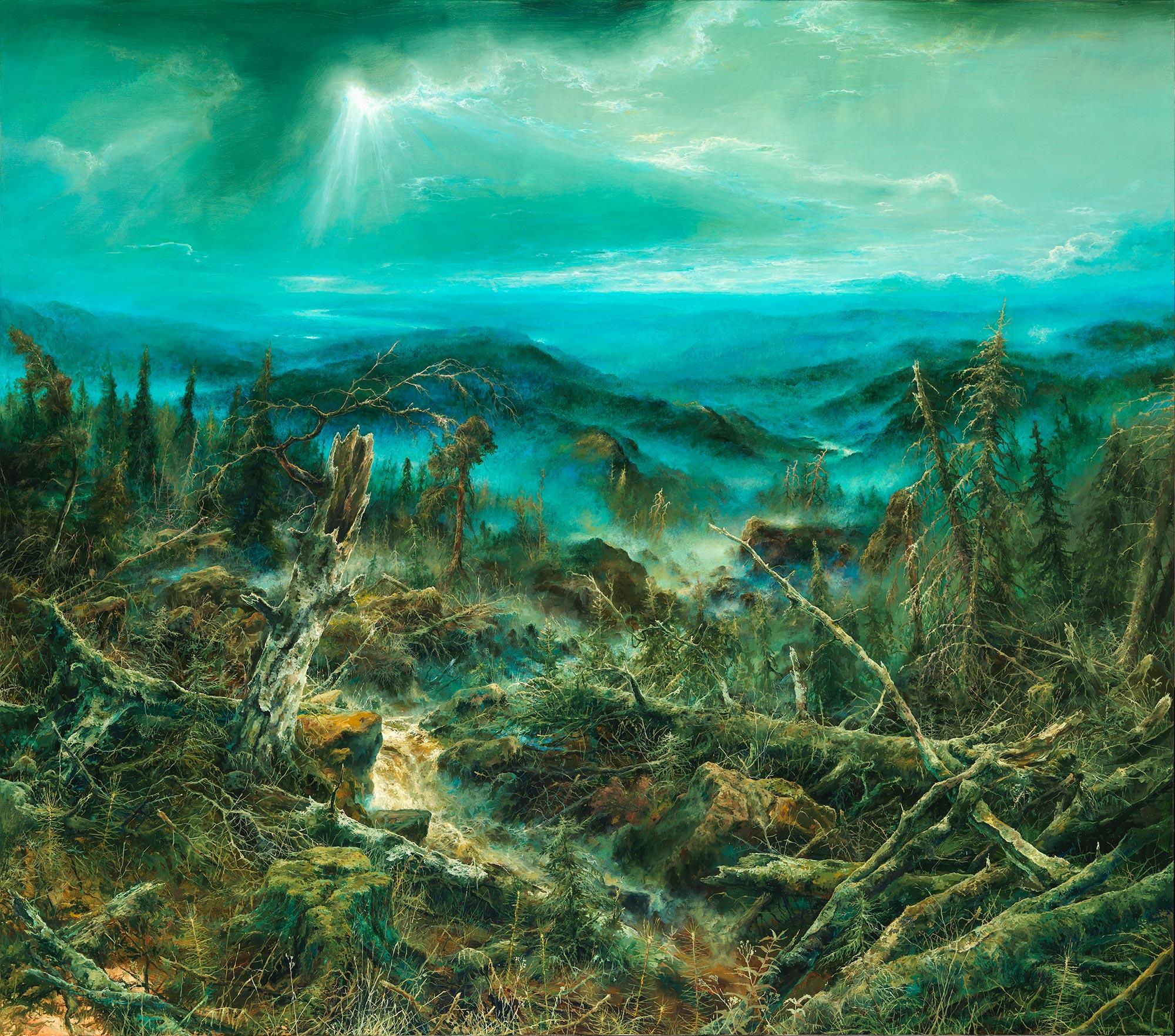
Egill Sæbjörnsson
Candidates 2019
The Icelandic artist Egill Sæbjörnsson is possibly best known for his imaginary friends. They are Ugh and Boogar – 36-metre, coffee-loving, human-eating trolls, who gained global notoriety at the Venice Biennale in the summer of 2017.
Artwork
Gallery
Introduction
Egill Sæbjörnsson
The Icelandic artist Egill Sæbjörnsson is possibly best known for his imaginary friends. They are Ugh and Boogar – 36-metre, coffee-loving, human-eating trolls, who gained global notoriety at the Venice Biennale in the summer of 2017.
The idea for Ugh and Boogar came up in 2007, when Sæbjörnsson saw some long-snouted troll figures in a souvenir shop. They began to grow in his mind. “It started as just me flirting with the phenomenon of trolls and then they became these imaginary characters […] without really even intending to make art with them. But as they got bigger and bigger, they eventually took over my life,” he says. “They are a little bit like megalomaniacs with a really big temper.”1)
When the trolls heard that their friend had been invited to the Biennale, they grew envious and hijacked the Icelandic pavilion for themselves. A unique exhibition emerged, which was widely reported in the international press.
You have to strike while the iron is hot. In that same year, the resourceful trolls launched the range of luxury goods that they had designed and commandeered Helsinki’s Galerie Anhava as their shop. On the elegant sales tables were jewellery and bottles of perfume, their sizes enormous and their surfaces glistening gold. We might perhaps say that the trolls’ taste still lacks polish.
Along with art and music, Egill Sæbjörnsson (b. 1973) has studied Tibetan Mentalphysics, clowning, 3D animation and interactive programing, in both Reykjavik and Paris. He is a multidisciplinary artist, whose art is based both on the use of technology as a continuation of painting and sculpture, and on combining real objects and projected illusions with sound, music and performance.
The giant trolls fit this picture well when we think of Icelandic folklore, which teems with fairies, goblins and other beings. The Icelandic artist is aware of the clichés associated with his home country and is able to have fun at their expense.
At the same time, Sæbjörnsson’s art is clever, sincere and profound. It surprises, amuses and confuses. It poses serious questions about existence, but does so in a way that both the artist himself and his viewers can enjoy. Even though Sæbjörnsson’s works are experimental and innovative, it is important to him that we do not require any separate instructions, study or background information to understand them.
Timo Valjakka

Candidates
Read more on this year's candidates.

Awards
See all Awarded Artists.

Publications
Download our catalogues.





